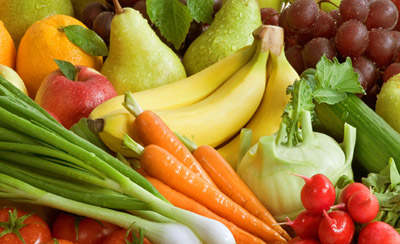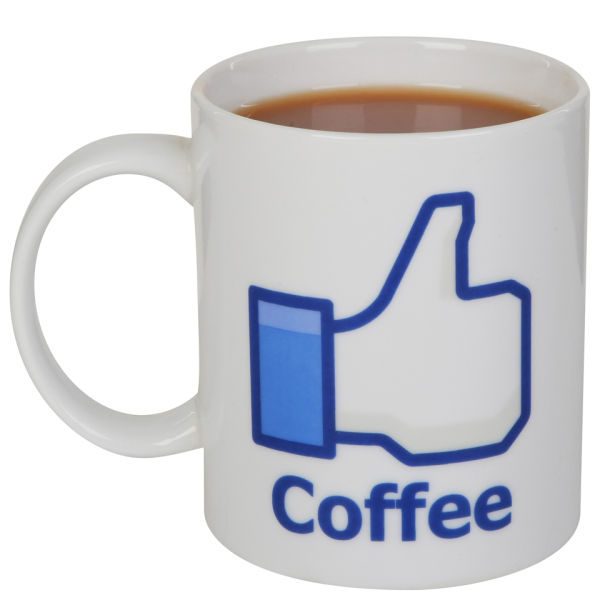When I was at a class party with Cass last weekend, the hubby brought the two older girls and the mil for dinner and shopping at a nearby mall. At the supermarket, #2 used her charm to get her doting grandmother to treat her to a pack of breakfast cereals consisting of 8 small boxes of colorful and frosted cereals, namely Lucky Charms, Golden Grahams, Fruity Cheerios, Honey Nut Cheerios, Frosted Cheerios, Cocoa Puffs, Cinnamon Toast Crunch and Trix. These so-called ‘healthy’ cereals are some of the banned items in my household. But the ever indulgent grandma obliged without asking further what grand daughter #2 was buying.
In the car, I was horrified when I saw the pack of 8-box cereals containing frosted and artificially dyed cereals. What are they made of? GMO corn I am certain of that.
The marketing behind the breakfast cereal industry is massive. Grocery stores devote entire aisles to boxes upon boxes of endless varieties, most promoting some sort of health claim. Most are packaged in colorful boxes splashed with cartoons, gimmicks and games at the back of the boxes to entice young children. I find it amazing that companies have successfully marketed boxes of highly processed grains drenched in sugar, artificial coloring, food additives and preservatives as a healthy breakfast option. Those junk don’t provide a healthy start to the day at all.

When #2 poured a box of Lucky Charms into a bowl to be eaten as dessert over lunch today, I was appalled by what I saw. I could not believe that she was popping neon colored so-called healthy cereals into her mouth. The stuff that she was eating was bright neon colored and laced with sugar. Double whammy! I tried to convince her that she was putting poison into her body but she shoved the multi-colored marshmallow shapes (“marbits” – picture below) even faster into her mouth. I snapped at her and told her that this would be her first and last time putting such unLucky Charms into her body. Later, I googled for ‘Hidden Dangers Of Eating Cereals’ and ‘Dangers of Artificial Food Coloring’ and read aloud to her.

The Ugly Side Of The Food Color Portrait
Artificial dyes derived from petroleum are found in thousands of foods, in particular breakfast cereals, candy, snacks, beverages, vitamins, and other products aimed at children are colored with dyes. Even some fresh oranges are dipped in dye to brighten them and provide uniform color.
Citrus Red 2, Red 3, Red 40, Yellow 5, Yellow 6, Blue 1, Blue 2 and Green 3, –which include some of the most commonly used artificial food colorings–have all been identified as being contaminated with potential cancer-causing chemicals, according to the Center for Science in the Public Interest. And Blue 1, Red 40, Yellow 5, and Yellow 6 are known to trigger reactions in those with allergies
• Citrus Red 2: This product caused bladder tumors in animal studies and is banned for human consumption, except to color the skin of oranges. While it may appear to pose little threat, adding fresh orange zest to a recipe may mix in more than you bargained for.
• Blue #1 (E133) and Blue #2 (E132): Banned in Norway, Finland, and France, studies have shown them to cause brain cancer and inhibit nerve-cell development. The colors are found in candy, cereal, soda drinks, sports drinks, and pet food.
• Red #3 (E127) and Red #40 (E129): While Red #3 was banned [in the U.S.] in 1990 for topical use, it can still be sold on the market in our foods and beverages. That should make us all red in the face. Red #40 may contain the carcinogenic contaminant p-Cresidine and is thought to cause tumors of the immune system. In the UK, it is not recommended for children, and it is currently banned in many European nations. The dyes are found in fruit cocktails, maraschino cherries, grenadine, cherry pie mix, ice cream, candy, bakery products, and more.
• Yellow #5 (aka Tartazine, E102): Banned in Norway and Austria, it contains the cancer-causing compounds benzidine and 4-aminobiphenyl. Six of the 11 studies on Yellow #5 showed that it caused genotoxicity, a deterioration of the cell’s genetic material with potential to mutate healthy DNA. It’s found in gelatin desserts, candy, pet food, and baked goods.
• Yellow #6 (E110): Banned in Norway and Finland. Due to the same cancer-causing compounds as Yellow #5, it causes tumors in the kidneys and adrenal glands of laboratory animals. It’s found in American cheese, macaroni and cheese, candy, and carbonated beverages.
Links to Cancer
According to the consumer advocacy group Center for Science in the Public Interest, artificial food coloring and food dyes present many risks to consumers. A report published by the center notes that many commonly used artificial food colors have been found to cause damage to DNA, or genotoxicity, in more studies than they were found to be safe. But the research on artificial food coloring is limited to animal studies, including mice and rats. While bladder tumors and other forms of cancer were linked to certain artificial coloring in these studies, no human trials have found links between cancer and the dyes in humans. The center still contends they are dangerous to consumers and has urged many large manufacturers to discontinue their use.
The FDA Says You’re Safe
According to the FDA, the studies showing links between artificial food coloring and ADHD in children have been either inconsistent, inconclusive or hard to evaluate due to poor study design. The FDA also notes that any color additives that have been linked to cancer, in either animals or humans, are banned for use in the United States. Therefore, according to the FDA, all artificial food coloring currently used in the nation have been evaluated for safety using the best scientific research and found not to be cancer-causing in either animals and humans.
Despite the FDA’s stance, I am playing safe and try to minimize the consumption of artificial food colors for myself and my family.
















